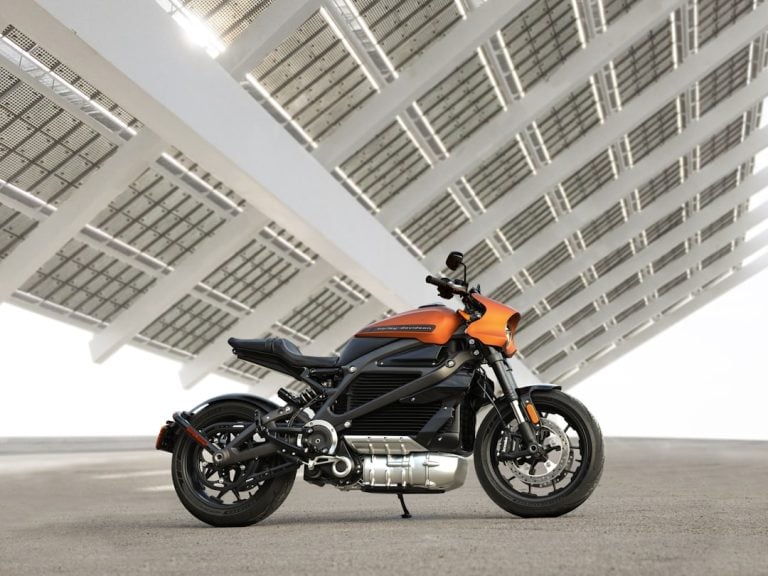A Comprehensive Guide to Ebike Safety: Learn Essential Tips
Why Ebike Safety Matters
Ebike safety is of utmost importance in our increasingly urbanized world, where electric bicycles are rapidly gaining popularity for both commuting and recreational use. As more individuals turn to ebikes as their preferred mode of transport, understanding how to navigate this change safely is essential.
Here’s a quick overview for those short on time:
– Key Ebike Safety Tips:
– Always wear a helmet.
– Ensure visibility with lights and reflectors.
– Conduct a pre-ride safety check.
– Adhere to traffic laws.
– Be aware of your surroundings.
Ebikes can achieve speeds faster than traditional bicycles, which heightens the necessity for safety. Studies show a significant increase in injuries related to ebikes, underscoring the need for every rider to remain vigilant. With years of safety research behind me, I aim to help you make informed choices for safer ebike rides.
Essential Ebike Safety Tips
Always Wear an Approved Helmet
Wearing a helmet is your primary line of defense on an ebike. Opt for helmets that are lightweight, well-ventilated, and equipped with MIPS (Multi-directional Impact Protection System) technology. This feature notably reduces the risk of concussions and severe brain injuries. Helmet laws vary by location, so familiarize yourself with the regulations applicable in your area. Safety should always come first.
Know and Follow the Vehicle Code
As an ebike rider, you are classified as a vehicle on the road. This means adhering to the same traffic laws as cars. Some fundamental rules include:
– Stop at stop signs and red lights.
– Utilize appropriate lanes and avoid sidewalks.
– Yield at intersections when you lack the right of way.
– Use hand signals for turns and stops.
– Equip your ebike with lights for riding in low-visibility conditions.
Riding predictably—maintaining a straight path and signaling your maneuvers—greatly contributes to safety for you and others.
Understand the Rules for Ebikes in Your Area
Different regions have their own guidelines for ebike usage. Most jurisdictions categorize ebikes into three classes:
– Class I: Pedal-assist only, with a maximum speed of 20 mph.
– Class II: Throttle-assisted with a top speed of 20 mph.
– Class III: Pedal-assist only, capped at 28 mph.
Always check local regulations to understand where you can ride your ebike, age requirements, and whether a helmet is mandatory.
Perform a Pre-Flight Check on Your Ebike
A simple safety check before every ride can help prevent accidents. Ensure you inspect the following:
– Tire Pressure: Keep tires inflated to the recommended PSI to prevent flats.
– Brakes: Test both front and rear brakes for proper function.
– Wheel Attachment: Check for secure wheel attachment and loose spokes.
– Handlebar Stability: Ensure handlebars are tight and stable.
Take Extra Care When Riding at Night
Nighttime riding presents unique challenges, particularly regarding visibility. Equip your ebike with effective lighting:
– Install both front and rear lights—white for the front and red for the back.
– Wear reflective clothing to increase visibility to motorists.
– Stick to well-lit routes, and slow down in dimly lit areas.
By implementing these precautions, you can substantially reduce risks associated with night riding.
Common Ebike Injuries and How to Prevent Them
While riding an ebike can be a delightful experience, it’s vital to remain alert to potential injuries. Here’s what you should know:
Fractures and Contusions
Fractures and contusions are common among ebike riders. Data from the U.S. Consumer Product Safety Commission indicates that these injuries ranked among the highest reported in emergency rooms from 2017 to 2022.
##### Prevention Tips:
– Wear Protective Gear: Alongside helmets, consider elbow and knee pads.
– Ride Predictably: Make conscious efforts to avoid sudden stops or erratic movements.
– Monitor Your Speed: As ebikes can travel faster than traditional bicycles, be mindful, especially in crowded areas.
Battery Safety
Proper Charging Practices
Most ebikes utilize lithium-ion batteries, which need careful handling to prevent hazards. Recent data revealed over 268 fires caused by ebike batteries in New York City in one year alone.
##### Charging Tips:
– Use only the charger designed for your ebike to prevent overcharging.
– Charge in well-ventilated areas away from anything flammable.
– Avoid overnight charging; never leave the battery unattended while charging.
– Regularly check for battery overheating.
Safe Storage and Maintenance
Keeping your battery in good condition is essential for both safety and longevity:
– Storage: Store in a cool, dry place; avoid extreme temperatures.
– Monitor Charge Levels: Ideally, maintain the battery charge between 20% to 80%.
– Regular Inspections: Check your battery and its connections frequently for signs of wear.
Conclusion
In summary, being proactive about ebike safety can significantly enhance your riding experience. Here’s a recap of the key points:
– Always Wear an Approved Helmet: This is non-negotiable for your safety.
– Know and Follow the Vehicle Code: Treat your ebike like any vehicle.
– Understand Local Ebike Rules: Be aware of the classification and laws in your area.
– Perform a Pre-Flight Check: Regular checks can help prevent accidents.
– Enhance Visibility at Night: Equip your ebike with appropriate lighting and reflective gear.
By employing these guidelines, you can enjoy a safer and more fulfilling ebike experience. At Yawnder, we recognize the importance of safety in every aspect of life. Whether you’re investing in a new mattress or enjoying an ebike ride, our goal is to provide you with the best resources to enhance your lifestyle.
Stay informed, stay safe, and happy riding!













